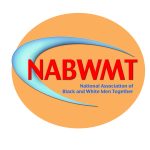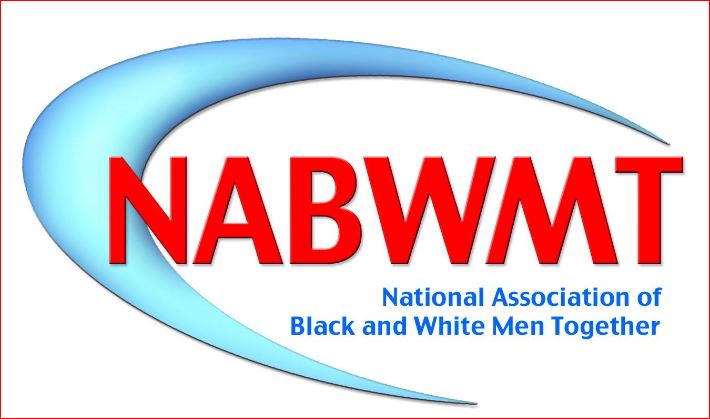
Gov. Gavin Newsom on Monday morning, Feb. 22, touted Long Beach as a model for the rest of California as he urged health officials across the state to prioritize vaccinating educators against the coronavirus so they can quicken when schools can reopen for in-person learning.
The governor visited the Long Beach Convention Center to applaud that city’s ability to vaccinate teachers and set a target for getting students back on campus. His visit came days after he announced the state will set aside 10% of all first doses it receives for educators and childcare workers.
Long Beach Unified School District, which operates separately from Long Beach’s city government but has worked closely with city officials throughout the pandemic, plans to bring students in fifth grade and below back on campus at the end on March — a time frame meant to ensure that all teachers get second doses of the coronavirus vaccine.
Long Beach, Newsom said, has been a model for both vaccinating and testing that other health jurisdictions have followed.
“They’ve done an exceptional job,” Newsom said. No other agencies have been vaccinating people “on the scale of Long Beach.”
While Newsom did not detail the ways in which other jurisdictions have followed Long Beach, the city has generally moved quicker than most other Southern California jurisdictions in vaccinating teachers.
Long Beach, which has its own health department and is allowed to operate somewhat autonomously from Los Angeles County, began vaccinating teachers about a month ago — when state officials first allowed health agencies to do so — and is expected to give booster shots to about 1,000 educators Monday, Mayor Robert Garcia said.
LBUSD announced last week that elementary students will go back to school March 29. The district also set a target schedule for getting other grade levels on campus, with the last cohort potentially returning April 26.
LBUSD is the fourth-largest school district in California.
“Almost to the day the governor said you can start vaccinating teachers,” Garcia said before introducing Newsom, “Long Beach moved and started vaccinating teachers.”
That, Garcia added, allowed the city to create a plan for getting students back on campus.
The Los Angeles Unified School District is aiming to begin vaccinating teachers in the county on March 1. LAUSD, the state’s largest public school district, has yet to set a date for a return to in-class learning.
Pasadena, which also has its own health department, began inoculating teachers in early January, shortly before Long Beach, but the local school district there has not set a date for reopening yet.
The state’s children, Newsom said, are not getting the education they deserve, so “it’s critical we safely get them back to school as quickly as possible.”
Newsom, meanwhile, also gave an overview of the state’s vaccination efforts and how the fight against the coronavirus pandemic is going — saying there are reasons to be hopeful while also lamenting a shortage of doses and and the inequitable distribution among low-income communities, largely Latino and Black, disproportionately affected by the pandemic.
Hospitalizations and ICU admissions, for example, have dropped 41% and 39%, respectively, over the last two weeks, Newsom said, as the state moves further from the winter holidays. A month ago, the state reported 23,000 new cases in a single day. On Monday, the state reported “just shy” of 4,700.
The positivity rate, Newsom said, has dropped by one-third in a month — hitting 3% on Monday.
And by the end of Monday, Newsom said, the state will be close to vaccinating 7.5 million people.
“Only a few countries in the world,” he said, “have vaccinated more people than the state of California.”
After Monday’s event, Newsom tweeted that California ranks sixth in the world for vaccinations.
“But,” Newsom added during the Long Beach event, “there aren’t enough vaccines to meet demand.”
The Long Beach Convention Center, Newsom said, illustrates that problem, with the mass site operating at only one-third of capacity. The governor called that a manufacturing problem.
Last week, the state received 1.3 million doses and is expected to get 1.4 million this week. Next week, Newsom said, the state should get 1.5 million.
But, Newsom said, “it’s simply not what we’re capable of administering.”
With the Johnson & Johnson vaccine — which only requires one dose compared to the two shots required by the Moderna and Pfizer vaccines — likely to receive emergency authorization use this week, Newsom said, pace is likely to quicken.
“I’m very confident that with J&J,” Newsom said, that by “the end of March, April, we’re going to start seeing things really ramp up.
But until more vaccines become available, a gap remains between communities of color and White residents who have received at least the first dose of the vaccine, Newsom said.
But here are some troubling tings.
White Californians, according to a Feb. 19 state report, have received 32.7% of the first doses of the vaccine, while Latino residents have received 16% of available doses, Asian residents 13%, Black residents 2.9% and Native American residents 0.3%. While the proportion of White residents who have received the vaccine is lower than the 36.5% of California who are White alone, according to 2019 U.S. census data, that difference is smaller than among other groups — particularly those who are Hispanic or Latino. Those residents comprise about 39% of the state’s population, according to census data. Black people are 6.5% of the population and Asian Americans are 15.5%.
(One group that appears overrepresented, based on the data, are those who self-identify as two or more races: Multi-race folks, according to state data, comprise about 13.9% of all those vaccinated in the state, but make up 4% of the population, based on census data.)
Newsom, acknowledging the gap among ethnicities in the state, cited the recent opening of two massive COVID-19 vaccination sites as crucial to reaching underserved communities. The sites, co-run by the Federal Emergency Management Agency and the state include Oakland’s Alameda County Stadium and the Cal State Los Angeles campus.
Metrolink is offering a direct connection to the CSLA site. Metrolink’s Cal State LA Station is on the San Bernardino Line.
“Its the proximity of those sites to our diverse and underserved communities,” Newsom said, “that made them distinctive and unique.”
Another way the sites aim to serve those communities, Newsom said, is through mobile vaccination units that will further address the issue of equity.
Long Beach, for its part, has been offering mobile vaccination sites targeted toward inoculating communities of color since early February. The first one, for Spanish speakers at least 65 years old, began the first weekend of the month. A mobile clinic for Black elders began Feb. 10. And a clinic for Cambodian Americans — Long Beach has the largest concentration of Cambodians outside of the Southeast Asian nation — began on Monday.
Source: Long Beach Press Telegraph

